"Trump Trade": The Incremental Opportunity for "Old Money" to Enter the Market, How Will the Institutional Wave Reshape the Digital Asset Market?
With the 2024 U.S. election cycle, especially the emergence of "the first crypto president" Trump, digital assets have undoubtedly found their best promotional figurehead. As the dust settles on Trump's second term, Bitcoin has continuously broken through $70,000, $80,000, and $90,000 in the past half month, just a step away from the $100,000 mark.
Against this backdrop, global market recognition of digital assets has significantly increased. Imagine if traditional funds with substantial volumes begin to shift towards Web3; through which channels are these "Old Money," representing mainstream institutions and high-net-worth individuals, most likely to position themselves in digital assets?
The Institutional Wave of Digital Assets Triggered by the "Trump Trade"
During the 2024 presidential election, Trump promised a series of policy measures supporting Web3 and digital assets, including incorporating Bitcoin into national reserves and easing industry regulations. Although these may carry political leverage, they undoubtedly provide an important reference framework for the direction of the digital asset industry over the next four years.
In the coming four years, we can almost foresee a loosening of administrative, legislative, and regulatory aspects under the "Trump Trade," particularly regarding market compliance and legality. Thus, the next four years will also become a critical window for observing the institutionalization process of the digital asset market.
Notably, as early as May 22, the "21st Century Financial Innovation and Technology Act" (FIT21 Act) passed the House of Representatives with a vote of 279 to 136, aiming to establish a new regulatory framework for digital assets. If the Senate also approves it, it will provide the industry with a set of executable and clear regulatory rules, significantly reducing regulatory uncertainty, promoting the legalization process of the market, attracting more institutional capital into the digital asset field, and driving the institutional wave of digital assets.
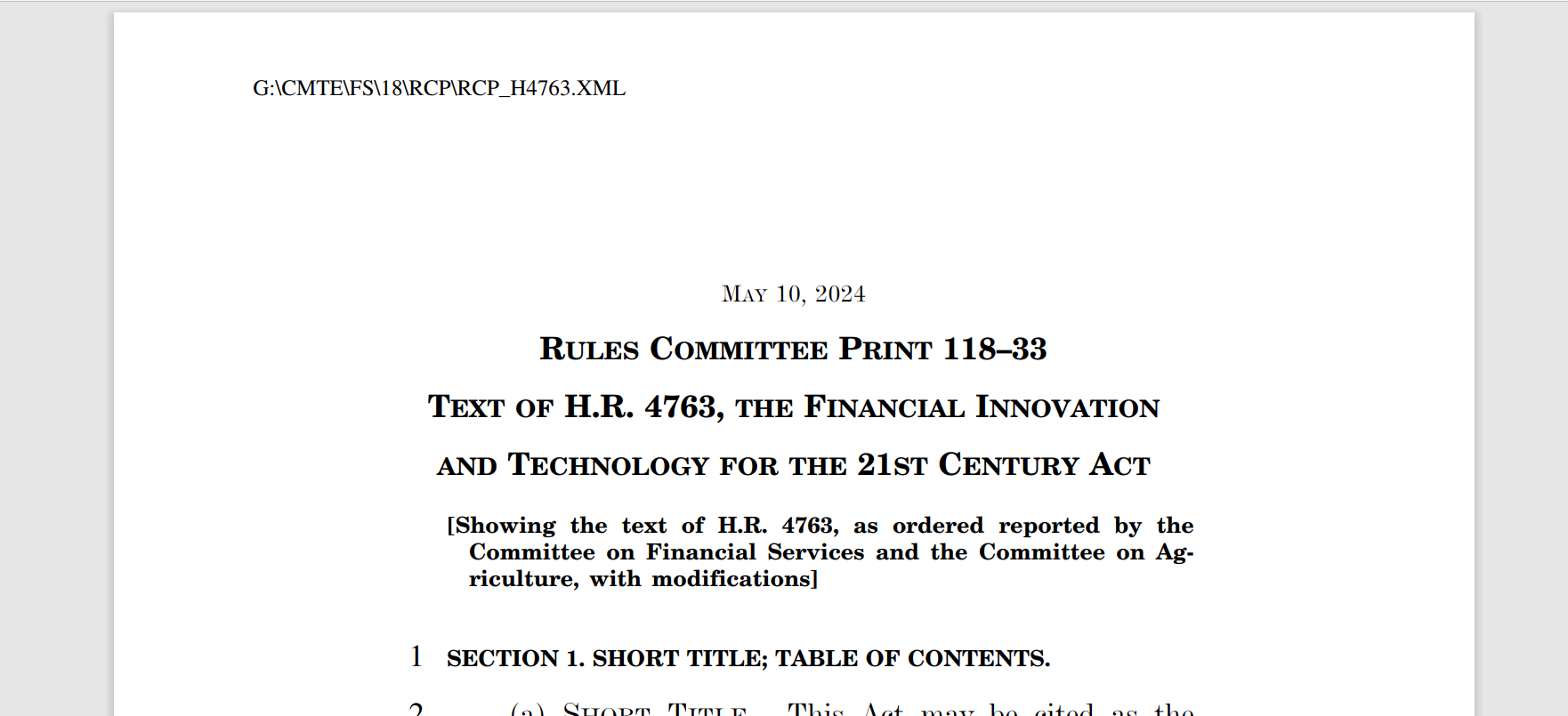
Source: FIT21 Act
In this context, global mainstream financial institutions and high-net-worth individuals are already gearing up. Pennsylvania legislators Mike Cabell and Aaron Kaufer have introduced a Bitcoin Strategic Reserve Bill submitted to the Pennsylvania House of Representatives, proposing to allow the Pennsylvania State Treasurer to invest in Bitcoin, digital assets, and crypto ETFs.
According to SoSoValue data, after November 6, the daily trading volume of U.S. Bitcoin spot ETFs repeatedly exceeded $5 billion, with November 13 even surpassing $8 billion, setting a new high in eight months. Additionally, three Bitcoin spot ETFs in Hong Kong had a total trading volume exceeding HKD 420 million in the same week, with a week-on-week increase of over 250%, among which the Bitcoin ETF launched in collaboration with OSL and Huaxia Fund (Hong Kong) and Harvest International reached HKD 364 million, accounting for about 86%.
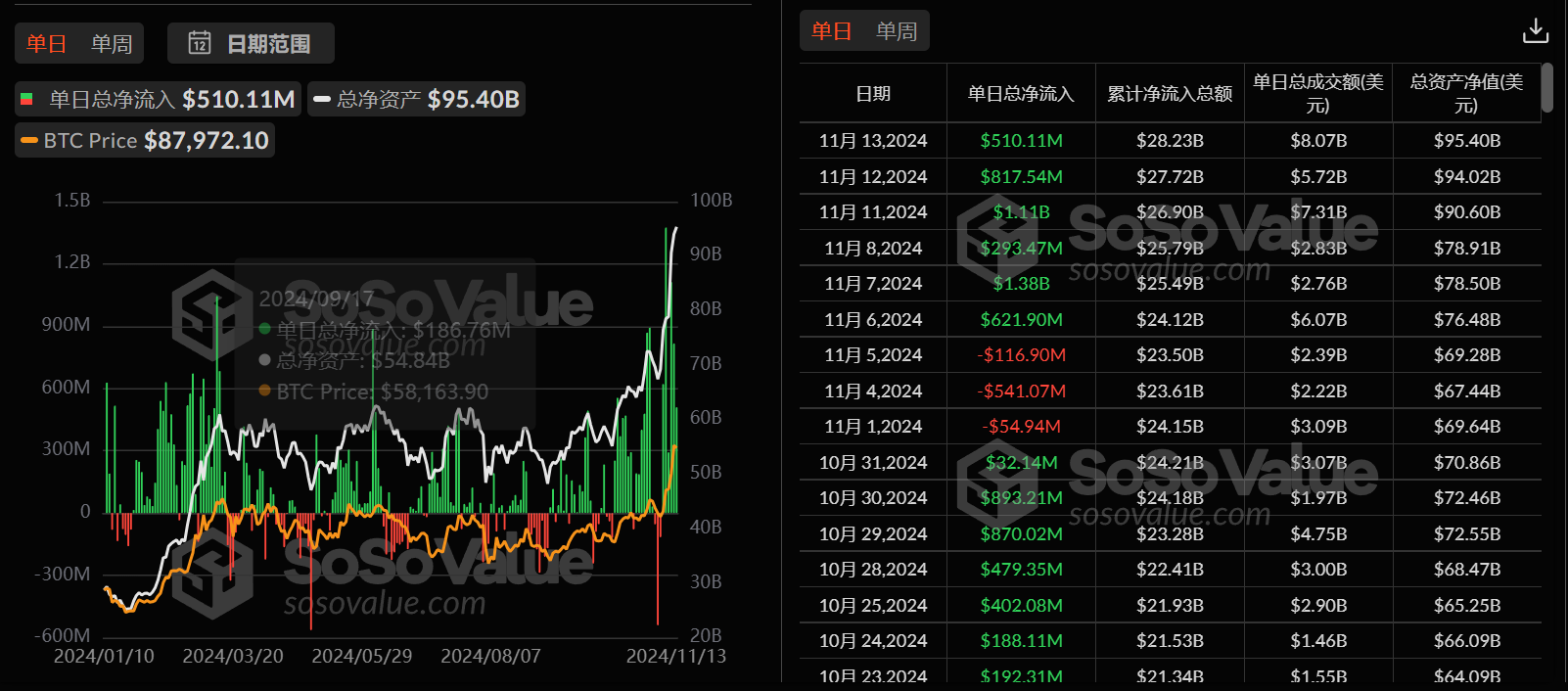
Source: SoSoValue
However, unlike traditional trading businesses aimed at ordinary users, global institutional investors and high-net-worth groups have a stronger demand for compliance, security, and efficient services. For them, the allocation of digital assets is not just a strategic shift in investment allocation but also faces a tactical threshold of compliance and security.
In this context, new ideas for B-end services are quietly brewing, and some interesting new approaches are beginning to emerge. On November 18, the licensed digital asset company OSL in Hong Kong announced a virtual asset ETF physical subscription service in collaboration with Fosun Wealth Holdings and Huaxia, allowing investors to directly subscribe to ETF products using their held virtual currencies without needing to sell and liquidate them first.
This means that with the blockchain infrastructure provided by OSL, Fosun can build a digital asset trading system with strict KYC/AML processes and intelligent risk control, allowing institutional investors or high-net-worth users to directly convert purchased BTC and ETH into corresponding ETFs within a compliant framework, managed by professional custodians like OSL, thus enjoying the advantages of secure custody, insurance protection, and compliance.
In short, service providers that can offer compliant, secure, and transparent digital asset management, trading, and payment solutions will become the core focus of market competition. This also means that the opportunities for B-to-B service providers are undoubtedly enormous—financial institutions and high-net-worth clients' demand for digital asset allocation will greatly drive the development of related services, especially in areas such as digital asset custody, OTC trading, asset tokenization, and payment finance.
The B-to-B service market is on the brink of explosion, with all parties accelerating their layouts to seize market opportunities. How will the new demands for digital assets reshape the entire industry landscape?
What Key Demands Does the Institutional Wave of Digital Assets Face?
We can break down the core pain points and demands of "Old Money" entering the digital asset market into four main areas for traditional financial institutions and high-net-worth individuals:
Comprehensive compliance solutions for financial institutions (Omnibus), tokenization of real-world assets (RWA)/asset on-chain, custody/OTC services, and PayFi solutions.
1. Comprehensive Compliance Solutions for Financial Institutions (Omnibus)
First, for traditional financial institutions, starting this year, whether virtual asset ETF service providers or traditional retail brokerage firms, many have entered the digital asset trading space. An increasing number of investors, financial institutions, publicly listed companies, and family offices are actively considering allocating digital assets through compliant channels.
However, for these institutions, entering the digital asset field is not an easy task. The biggest pain point lies in deployment time and cost—compared to traditional financial products, the decentralized nature and technical complexity of digital assets mean that institutions require more time to complete system integration, risk management, and compliance framework establishment.
Especially in building a compliance system that meets regulatory requirements (particularly KYC and AML frameworks), it not only requires significant technical resources and financial costs but also needs to cope with the rapidly evolving market dynamics of crypto assets and constantly changing compliance requirements. This high consumption of time and costs often serves as a major barrier preventing institutions from entering the digital asset market.
Therefore, if there is a solution that can help financial institutions quickly connect to compliance frameworks and tools, and provide clients with compliant and secure digital asset trading services to meet diverse investment needs, it will undoubtedly open the door for these institutions to the digital asset market.
Taking Hong Kong's current compliant exchange OSL as an example, its comprehensive compliance solution (Omnibus) includes strict scrutiny of assets and transactions, a complete KYC and AML system, and a layered management mechanism for private keys, which can significantly lower the barriers for institutions entering the digital asset space.
At the same time, this "professionalism + security" collaborative model fully leverages the advantages of traditional financial institutions in customer service and market promotion while relying on licensed institutions' expertise in compliance, technology, and risk control, creating a complementary advantage that promotes the deep integration of traditional finance and the digital asset ecosystem, providing solid support for the institutional development of digital assets.
2. Tokenization of Real-World Assets (RWA)/Asset On-Chain
Although traditional assets like stocks, bonds, and gold have high liquidity in financial markets, their trading is still limited by long clearing cycles, complex cross-border operations, and insufficient transparency. Non-standardized assets like art and real estate have long faced challenges in liquidity and trading efficiency.
Asset tokenization can not only enhance liquidity but also significantly improve trading transparency and efficiency. Larry Fink, CEO of BlackRock, stated, "Tokenization of financial assets will be the next step in future development." It can effectively prevent illegal activities and, more importantly, enable instant settlement, significantly reducing the settlement costs of stocks and bonds.
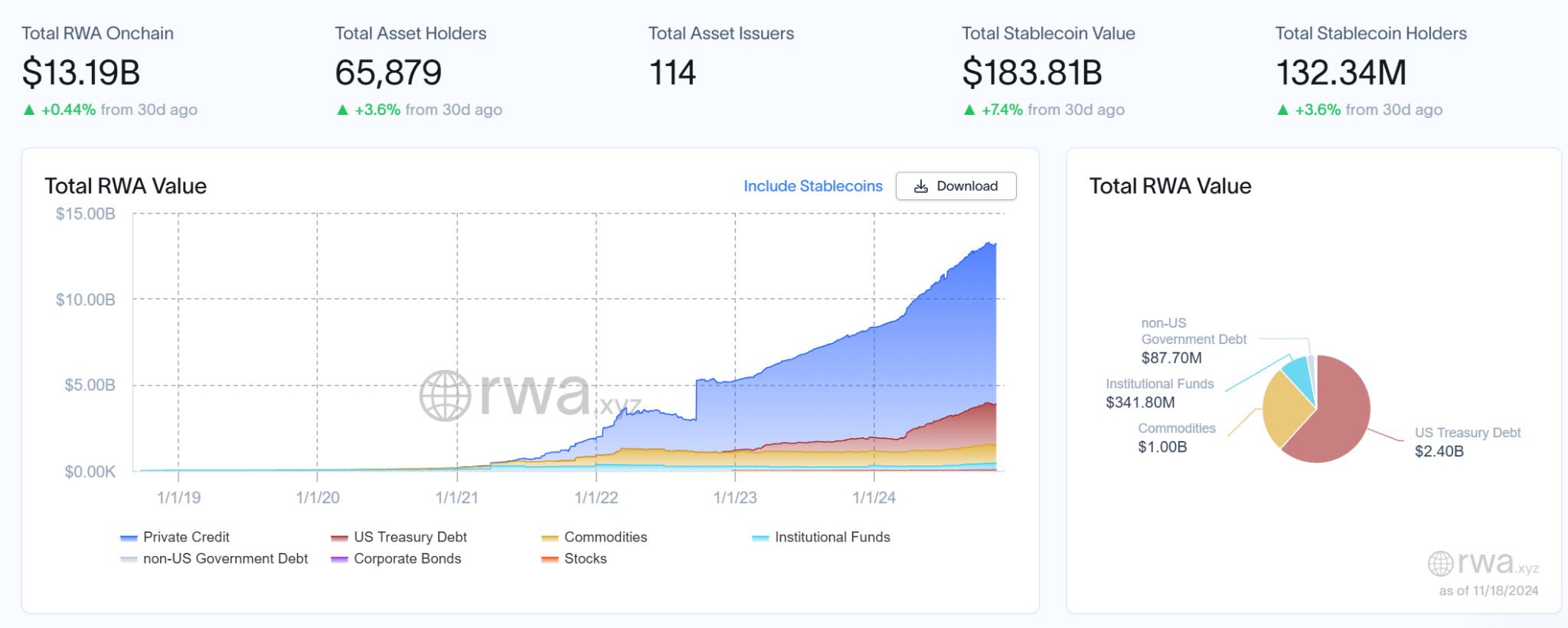
According to the latest data from the RWA research platform rwa.xyz, the total market size of RWA currently exceeds $13 billion, and BlackRock's forecast is even more optimistic, predicting that by 2030, the market value of tokenized assets will reach $10 trillion, indicating a potential growth space of over 75 times in the next seven years.
However, while enterprises and financial institutions see the potential of asset tokenization, the technical barriers are high. Converting traditional assets into on-chain tokenized assets requires comprehensive technical support and compliance assurance, and there are also significant challenges in liquidity, legal compliance, and technical security.
In this broader context, licensed digital asset platforms can provide innovative support for traditional financial giants entering RWA tokenization and will directly benefit from the hundreds of billions of dollars of un-tokenized liquidity in the traditional financial system, introducing it on-chain through a compliant, secure, and transparent mature framework in the form of RWA (Real World Assets), thereby fully releasing its liquidity.
3. Custody/OTC Services
High-net-worth clients and institutional investors are always most concerned about the security and liquidity of their assets when considering digital asset investments—such as asset losses due to hacking or operational errors, and the issues of insufficient market liquidity during large transactions, which can lead to delays in trading or significant price slippage, thus affecting asset allocation efficiency.
According to statistics from Finery Markets, the OTC trading volume of digital assets among institutions surged significantly in the first half of 2024, increasing by over 95% compared to the same period last year, with the growth rate accelerating in the second quarter, where client trading volume increased by 110% year-on-year (80% in the first quarter).
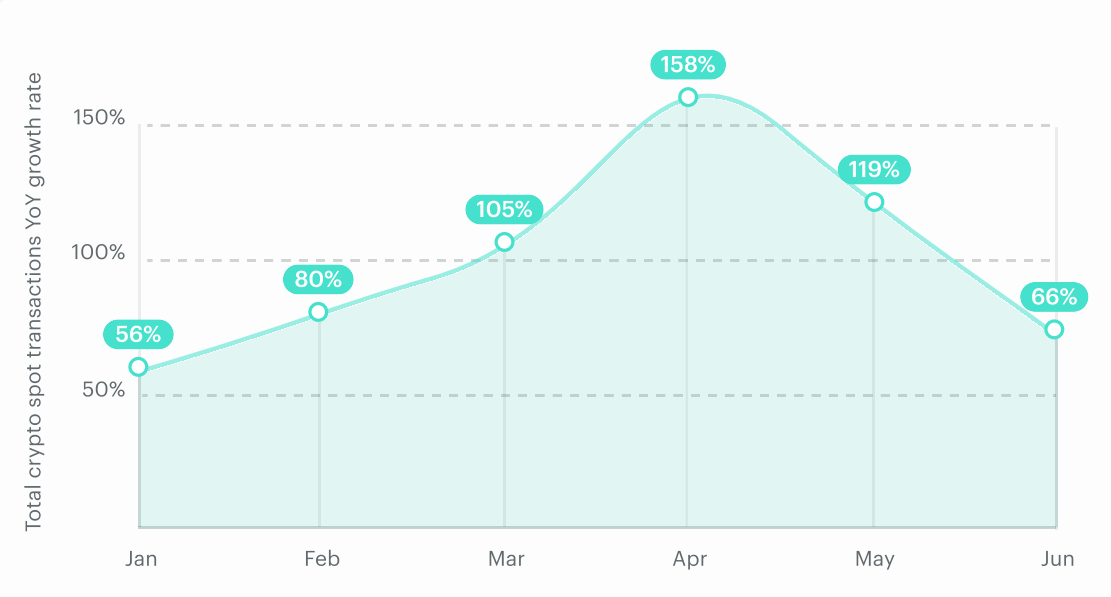
Although the trading volume of digital asset OTC still hovers around the tens of billions level compared to the trillions of dollars in centralized exchanges (CEX), the flexibility and confidentiality of OTC trading meet the needs of investment institutions for large-scale digital asset allocation. With the gradual improvement of regulations, it is expected to attract more investors to participate, further driving the growth of its market size.
In this context, institutions need to have a service system with high security, high efficiency, and high liquidity to meet their demands in the digital asset field: on one hand, it is necessary to ensure the security of large-scale assets during storage and trading; on the other hand, an efficient over-the-counter (OTC) network not only needs to meet the flexibility and privacy requirements of large transactions but also relies on blockchain technology and banking networks to achieve rapid settlement, significantly shortening the transaction cycle.
Moreover, support for deep liquidity is also indispensable. By integrating market resources and institutional networks, stable pricing and diversified trading options can be provided to assist institutions in smoothly entering the digital asset market.
4. PayFi Solutions
With the popularity of digital assets, the demand for digital asset payments from businesses and merchants is gradually increasing, especially in regions with limited traditional banking infrastructure and in cross-border payment scenarios. Digital assets can provide convenience and efficiency through low-cost financial services, making them a viable solution to address these challenges.
However, the complexity and potential risks of digital asset payments have made many traditional enterprises hesitant. For businesses wishing to support digital asset payments, the biggest issue lies in the complexity and compliance of the payment process. Additionally, the exchange between fiat currency and digital assets involves exchange rate fluctuations, tax issues, and regulatory restrictions in different countries, all of which increase the difficulty and cost of payments.
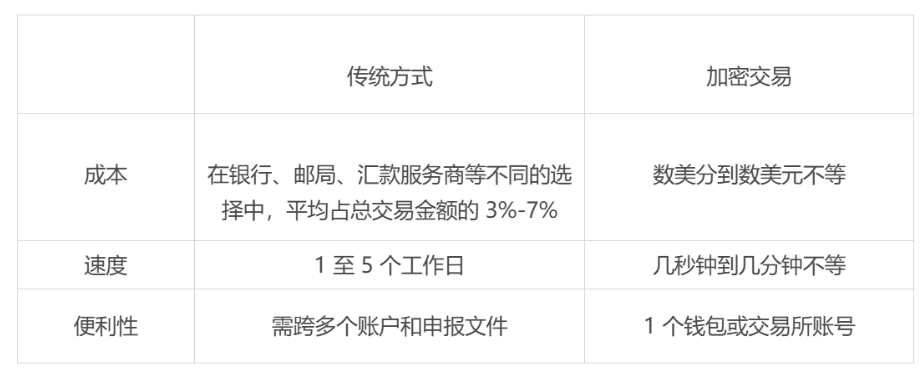
In short, businesses and merchants need a backend system that can seamlessly integrate fiat and digital asset payments, which can reduce exchange costs while ensuring compliance and security in the payment process. Furthermore, to meet the needs of cross-border operations, the payment solution must also support multi-currency payments and settlements.
Licensed digital asset platforms like OSL have a natural advantage in expanding these services. They can provide a complete set of PayFi solutions through technical and compliance support, helping businesses tackle the complex challenges in the payment field:
First, these platforms support seamless instant exchange between fiat and digital assets and can achieve multi-currency payment settlements globally, simplifying cross-border payment processes. Secondly, platforms like OSL maintain good cooperative relationships with banks, which can at least ensure compliance and stability during the payment process, avoiding risks such as frozen accounts, providing businesses with a reliable operational environment.
Through these key services, traditional institutions can efficiently and securely enter the digital asset market while lowering participation barriers. This service system not only addresses the core pain points of asset security, liquidity, trading efficiency, and investment optimization but also provides comprehensive support for institutions' strategic layout in the digital asset ecosystem.
Variables in the Digital Asset Industry Targeting Institutional Services
According to the latest statistics from Bank of America, the total market capitalization of the global stock and bond markets is approximately $250 trillion, while the overall scale of other asset classes, including real estate, art, and gold, is difficult to estimate— the global gold market is estimated to be $13 trillion, and the global commercial real estate market is valued at nearly $280 trillion.
In contrast, CoinGecko data shows that the total market capitalization of the global digital asset market is approximately $3.3 trillion, which is only about 1.3% of the global stock and bond markets, while the total scale of emerging sectors like asset tokenization (RWA) is merely $13 billion, which is almost negligible in the entire financial market.
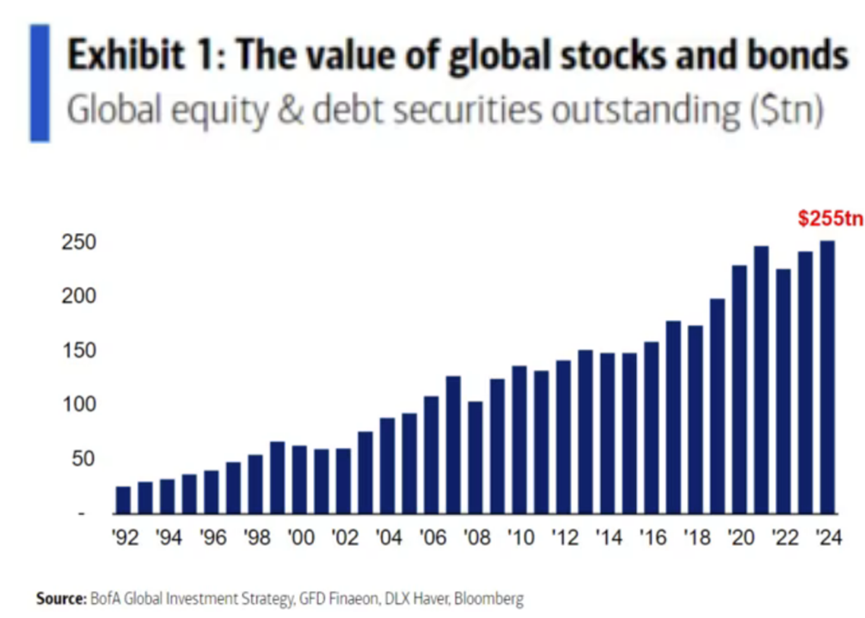
Source: Wall Street Journal
Therefore, for the Web3 and digital asset world, 2024 is destined to have milestone historical significance— the layout of crypto assets by businesses and institutions is gradually transitioning from the exploration stage to the deep integration stage, with the market space for B-to-B services significantly expanding, becoming the next growth engine driving industry development. This not only means that more businesses and institutions are beginning to take digital asset allocation seriously but also indicates that digital assets will further integrate with the traditional financial system.
Especially for traditional institutions and financial giants, they possess a vast user base and enormous capital scale. Once these resources are successfully bridged, they will inject unprecedented "incremental funds" and "incremental users" into Web3, rapidly promoting the rise of "New Money" in the digital asset ecosystem and accelerating the mainstream application of blockchain technology.
In this context, whoever can bridge the traditional funds and massive users of Web2 giants is likely to become the key infrastructure linking Web2 (traditional finance) and Web3 (digital asset finance), achieving a comprehensive breakthrough with the strong backing of traditional funds.
In this process, the role of B-to-B service providers is crucial, especially those market participants with compliance, security, efficiency, and diversified service capabilities, who are more likely to gain significant development dividends in this wave of institutionalization.
Taking OSL as an example, the first digital asset platform to obtain licenses from the Securities and Futures Commission and AMLO, be listed, audited by one of the Big Four accounting firms in Hong Kong, and obtain SOC 2 Type 2 certification, institutions typically consider adopting a service because it meets the following core conditions:
● Compliance and Security: Service providers need to strictly adhere to regulatory requirements, have a complete KYC and AML system, and ensure the legality and transparency of fund flows, especially when funds cross into the digital asset market, compliance is the primary condition;
● Diverse and Customized Service Capabilities: Institutional clients not only need trading services but also require comprehensive capabilities covering asset tokenization, custody, OTC trading, etc., to achieve full-link support for asset allocation and management;
● Efficient Technical Integration Capabilities: Possessing a modular system architecture that can quickly deploy digital asset trading and management functions for traditional institutions, lowering technical access barriers and improving service response efficiency;
● Industry Experience and Cooperative Network: Having rich industry experience and extensive ecological partnerships to quickly respond to market demands and provide customized solutions for institutional clients, accelerating their digital asset layout;
This means that with the warming of the B-to-B service market for digital assets, the importance of licensed exchanges is becoming increasingly prominent. They stand at the forefront of the new era, grasping the "lifeline" of various businesses—whether enterprises are incorporating virtual asset ETFs into their investment portfolios or trading and custodying virtual assets like Bitcoin and Ethereum, licensed exchanges provide crucial support.
Conclusion
If "Web3 in 2024 is like Web2 in 2002," then now may be the right time to act.
As businesses and institutions deepen their digital asset layouts, B-to-B service providers are standing at the core stage of the digital asset market. Those who can meet the diverse needs from compliance to trading, from tokenization to PayFi will become the key players defining the next generation of financial ecosystems.
Especially licensed exchanges like OSL, with their comprehensive and multi-layered service capabilities, are expected to further enhance their importance in the wave of digital asset institutionalization, particularly in playing the role of a "bridge" and "infrastructure" that efficiently brings existing assets from traditional financial markets into the on-chain ecosystem, releasing their potential value.
As the winds rise from the edges of the green rush, after the dust settles in 2024, Web3 and the crypto industry may indeed enter a new cycle.
免责声明:本文章仅代表作者个人观点,不代表本平台的立场和观点。本文章仅供信息分享,不构成对任何人的任何投资建议。用户与作者之间的任何争议,与本平台无关。如网页中刊载的文章或图片涉及侵权,请提供相关的权利证明和身份证明发送邮件到support@aicoin.com,本平台相关工作人员将会进行核查。




